Expansion of Telehealth Services
The 3D Telepresence Market is experiencing a notable expansion in telehealth services, driven by the increasing demand for remote healthcare solutions. Healthcare providers are adopting 3D telepresence technologies to facilitate virtual consultations, enabling patients to receive care from the comfort of their homes. This trend is particularly relevant in the context of rising healthcare costs and the need for accessible medical services. The telehealth market is projected to grow significantly, with estimates indicating a potential valuation of over $50 billion by 2030. This expansion reflects a broader shift towards digital health solutions, where 3D telepresence plays a crucial role in enhancing patient-provider interactions. As telehealth continues to evolve, the demand for immersive telepresence solutions is likely to increase.
Increased Focus on Remote Work Solutions
The 3D Telepresence Market is benefiting from an increased focus on remote work solutions. As organizations adapt to flexible work arrangements, the demand for effective telepresence technologies has surged. Companies are seeking to replicate in-person interactions through immersive experiences that foster collaboration and team cohesion. This shift is reflected in the market's projected growth, with estimates suggesting a CAGR of around 20% over the next five years. Businesses are investing in 3D telepresence to enhance remote meetings, training sessions, and client interactions, indicating a strategic move towards more effective remote communication. This trend highlights the importance of maintaining productivity and engagement in a remote work environment.
Rising Demand for Enhanced Communication
The 3D Telepresence Market is experiencing a notable surge in demand for enhanced communication solutions. As organizations increasingly prioritize effective collaboration, the need for immersive communication tools becomes paramount. This trend is underscored by the fact that businesses are seeking to bridge geographical gaps and foster real-time interactions. The market is projected to grow at a compound annual growth rate (CAGR) of approximately 25% over the next five years, driven by the desire for more engaging and interactive communication experiences. Companies are investing in 3D telepresence technologies to improve productivity and streamline operations, indicating a shift towards more sophisticated communication methods. This rising demand reflects a broader recognition of the importance of effective communication in achieving organizational goals.
Technological Advancements in 3D Imaging
Technological advancements in 3D imaging are significantly influencing the 3D Telepresence Market. Innovations in imaging technologies, such as high-definition cameras and advanced rendering software, are enhancing the quality of telepresence experiences. These advancements allow for more realistic and immersive interactions, which are crucial for sectors like healthcare, education, and corporate environments. The integration of augmented reality (AR) and virtual reality (VR) into telepresence solutions is also gaining traction, further enriching user experiences. As these technologies evolve, they are expected to drive market growth, with estimates suggesting that the market could reach a valuation of over $10 billion by 2030. This indicates a robust interest in leveraging cutting-edge technology to facilitate better communication and collaboration.
Growing Adoption in Education and Training
The 3D Telepresence Market is witnessing a growing adoption of telepresence solutions in education and training sectors. Educational institutions are increasingly utilizing 3D telepresence to create immersive learning environments that enhance student engagement and participation. This trend is particularly evident in remote learning scenarios, where traditional methods may fall short. The market for educational telepresence solutions is projected to expand significantly, with estimates indicating a potential growth rate of 30% annually. This growth is driven by the need for innovative teaching methods that can accommodate diverse learning styles and geographical barriers. As educational institutions recognize the benefits of 3D telepresence, the demand for these solutions is likely to continue its upward trajectory.


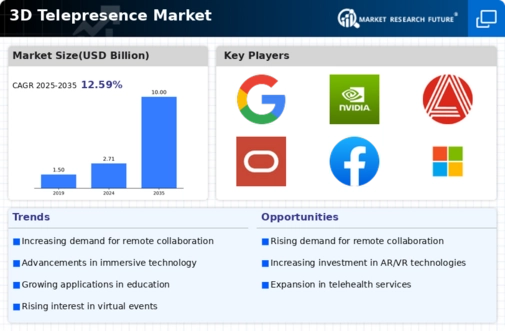
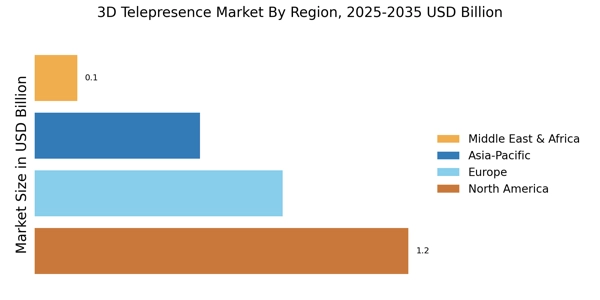



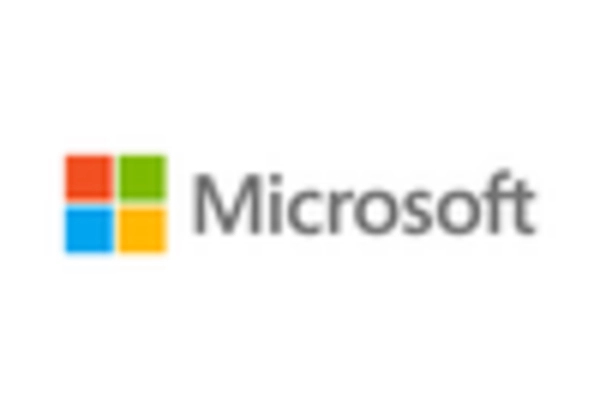
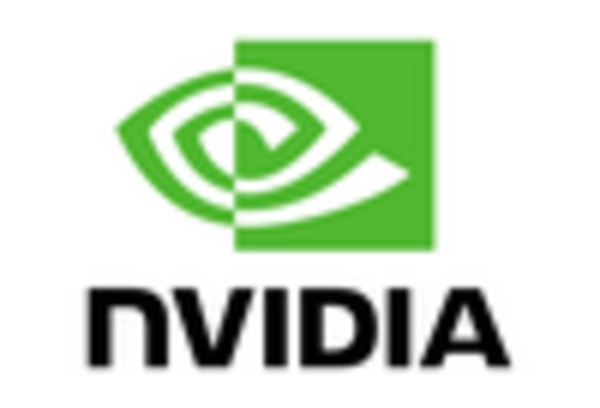
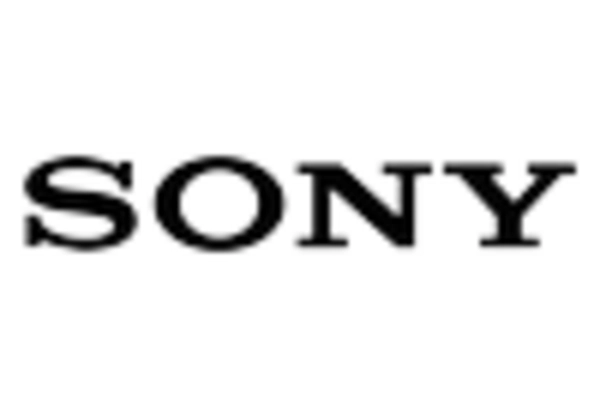








Leave a Comment